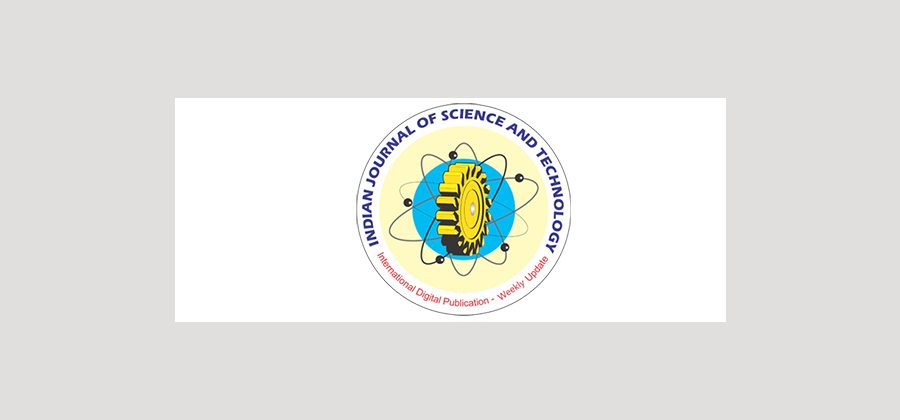


Indian Journal of Science and Technology
DOI: 10.17485/ijst/2016/v9i20/89973
Year: 2016, Volume: 9, Issue: 20, Pages: 1-6
Original Article
A. Rama Krishna1*, A. S. N. Chakravarthy2 , A. S. C. S. Sastry1
1Department of ECE, K. L. University, Guntur - 522502, Andra Pradesh, India; [email protected], ascssastry@ kluniversity.in 2Department of CSE, J. N. T. U. K-UCEV, Vizianagaram - 535003, Andhra Pradesh, India; [email protected]
*Author for correspondence
A. Rama Krishna
Department of ECE, K. L. University, Guntur - 522502, Andra Pradesh, India; [email protected]
Background/Objective: In modern trends device-to-device communication is an exciting and innovative networking technology for achieving high data rates. Methods/Statistical Analysis: The existing device-to-device communication model specifies that control and data signals in direct communication, links between smart devices owned by cellular users within an operator’s network. Findings: This paper analyzes the bit error rate of device to device communication under different modulation schemes like BPSK, 4QAM, 16QAM. In order to assess the bandwidth competency and to sustain the QOS in AWGN channel, SNR is varied. By implementing device to device communication for a higher order modulation schemes will Increase the data rates with high bit error rate.
Keywords: AWGN Channel, Bit Error Rate, Device-to-Device Communication, Modulation Schemes
Subscribe now for latest articles and news.